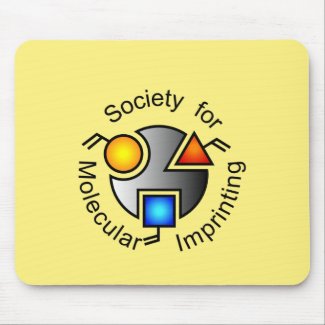
Authors: Hao GY, Zhang Z, Ma X, Zhang RG, Qin XX, Sun HX, Yang XB, Rong JH
Article Title: A versatile microfluidic paper chip platform based on MIPs for rapid ratiometric sensing of dual fluorescence signals.
Publication date: 2020
Journal: Microchemical Journal
Volume: 157
Article Number: 105050.
DOI: 10.1016/j.microc.2020.105050
Alternative URL: https://www.sciencedirect.com/science/article/pii/S0026265X20311279
Abstract: The aim of the present work was designed to develop a versatile rapid ratiometric fluorescent sensing platform through sequential incorporating CdTe quantum dots (CdTe QDs) and rhodamine B (RhB) and preparation of molecularly imprinted polymers on microfluidic paper chips. And in order to get better performance of paper chip, we studied a series of paper chip materials. Owing to low background fluorescence and strong binding of fluorescent CdTe QDs and RhB, polyester fiber film DL42 was selected as substrate for in-situ synthesis of molecularly imprinted polymers in the presence of the pesticide. Moreover, CdTe QDs were used as the sensing fluorescence for detecting the concentration change of the template whereas RhB was used as the control fluorescence. Dual fluorescence signals made the resulting color change more accurate under UV light. Microfluidic paper chips were characterized by infrared spectroscopy, scanning electron microscope, and fluorescence confocal microscope. Finally, microfluidic paper chips could effectively detect 2,4-dichlorophenoxyacetic acid in the range of 0.51-80 μmol/L and at the detection limit of 0.17 μmol/L in the cucumber samples, while the response time of the microfluidic paper chips was found to be 10 min. It was remarkable that the fluorescent platform could be convenient, low cost, operated easily without professionals, and quickly and specifically detect and identify templates. These advantages make the sensor suitable for the on-site family treatment or commercial products. The cucumber samples were obtained with high recovery rates ranging from 96.6% to 104.2% and the RSD was 5.5-6.1%. The successful application for the cucumber samples also proved its practicability, which was of great significance for the further development of rapid detection technology platforms and the point-of-care testing (POCT)
Template and target information: 2,4-dichlorophenoxyacetic acid
Author keywords: molecular imprinting technology, Microfluidic paper chip, Polyester fiber film, Ratiometric fluorescence detection, sensor



Join the Society for Molecular Imprinting

New items RSS feed
Sign-up for e-mail updates:
Choose between receiving an occasional newsletter or more frequent e-mail alerts.
Click here to go to the sign-up page.
Is your name elemental or peptidic? Enter your name and find out by clicking either of the buttons below!
Other products you may like:
 MIPdatabase
MIPdatabase









